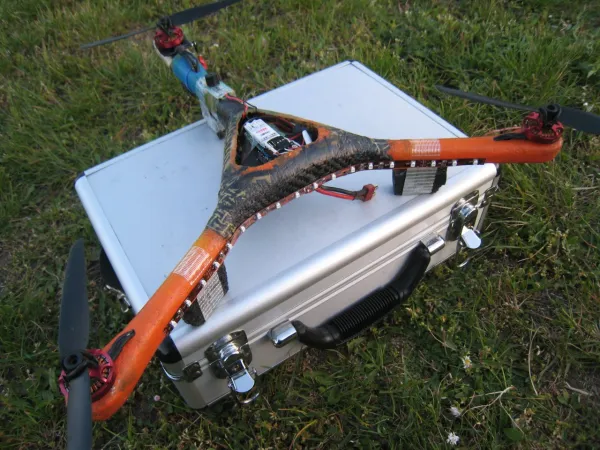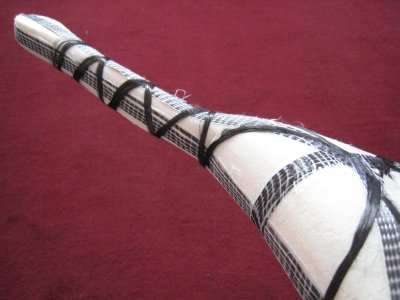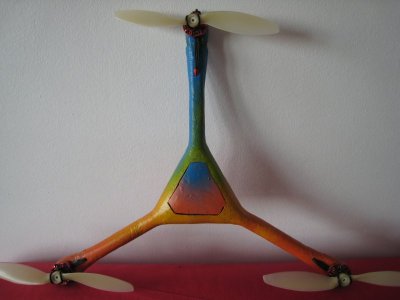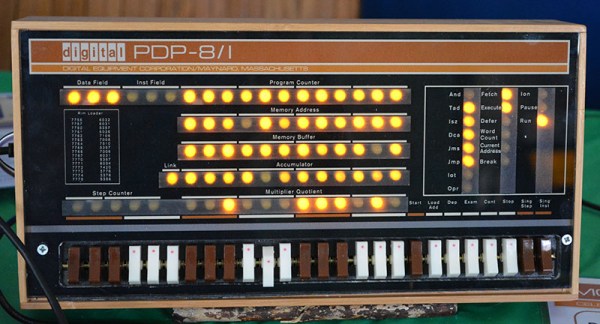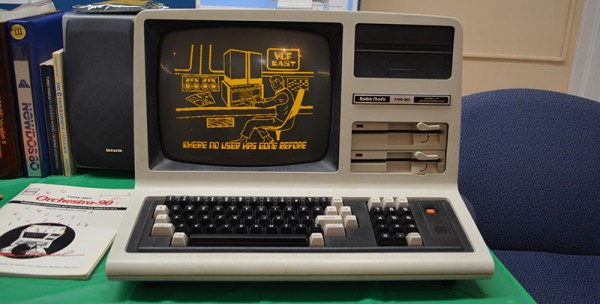Bang & Olufsen have made some pretty amazing equipment for a long, long time. That last part can become a problem. [Oliver] found the electrolytic caps on his Beomaster 2400 were causing problems. He completely recapped the unit, all the electrolytics anyway, and the pictures of the process are nothing short of eye-candy.
The closure of the Bacman forums marks the end of an era. For years this has been among the top (okay, it’s definitely been the top one but we don’t want to start a flamewar) sites for handheld and console modding. Here’s just one random example of the many projects we covered from that community (note that main link is now sadly 404). The closure message cites the near-absolute death of modding. We haven’t thought about it much, but these mods were futuristic. Then smartphones.
Fans of How It’s Made and 3D printing will want to tune in on April 30th at 9pm EST. The show does a fantastic job of showing off the amazing story behind how all the stuff in our lives comes to be visited LulzBot in Loveland, Colorado for a segment on the manufacturing process of a 3D printer.
We’re not sure why we didn’t lead with this: All celebrate, for humanity is saved! The secret behind getting something out of nothing has been discovered. This reactionless generator has been tested at efficiencies as high as 250%. We’re working on a way to bottle all that extra juice and sell it at outrageous prices.
The thing about free energy is that you become dependent on it. What if the laws of physics return from vacation and the thing stops working? Then you have a robot apocalypse with all kinds of hidden messages and puzzles in it.


